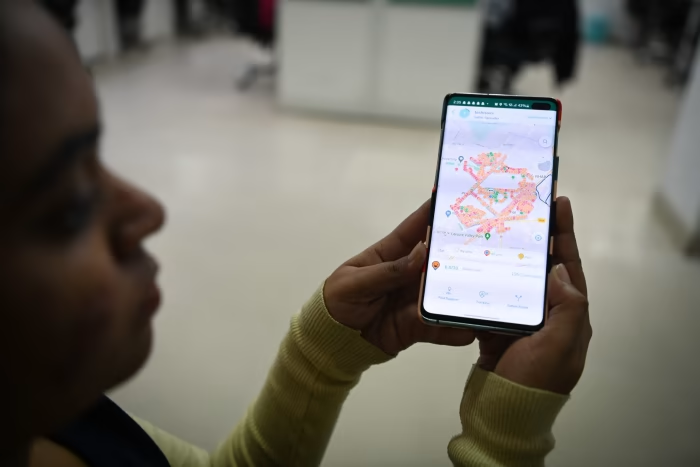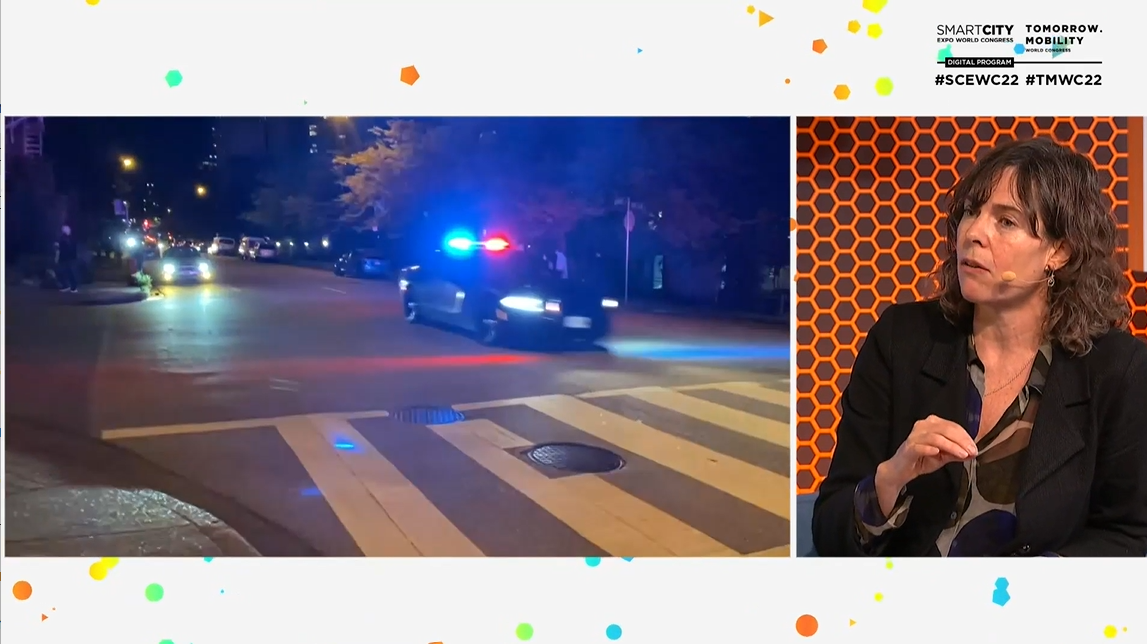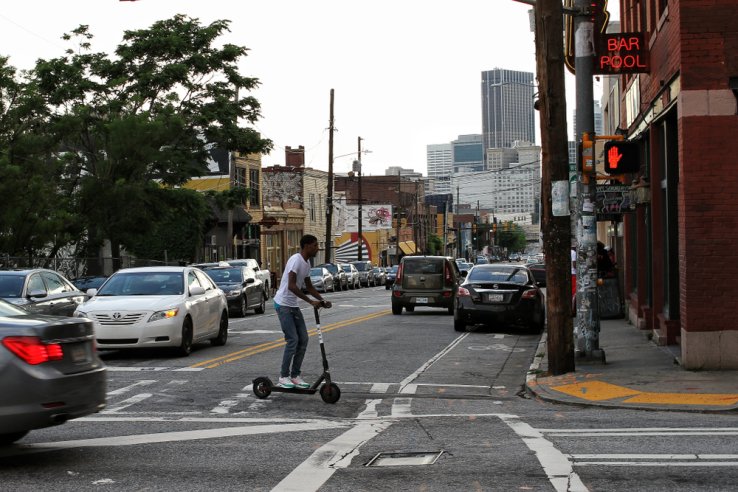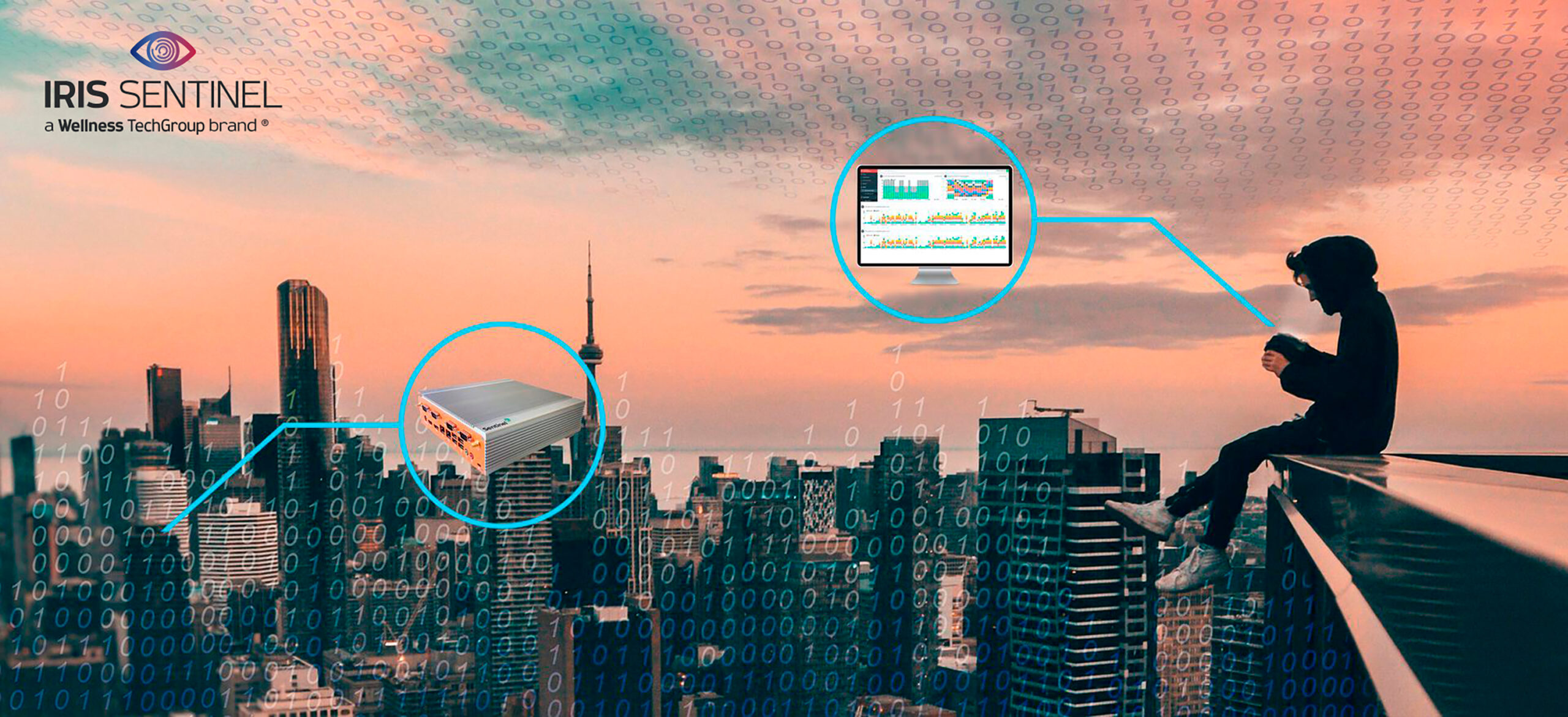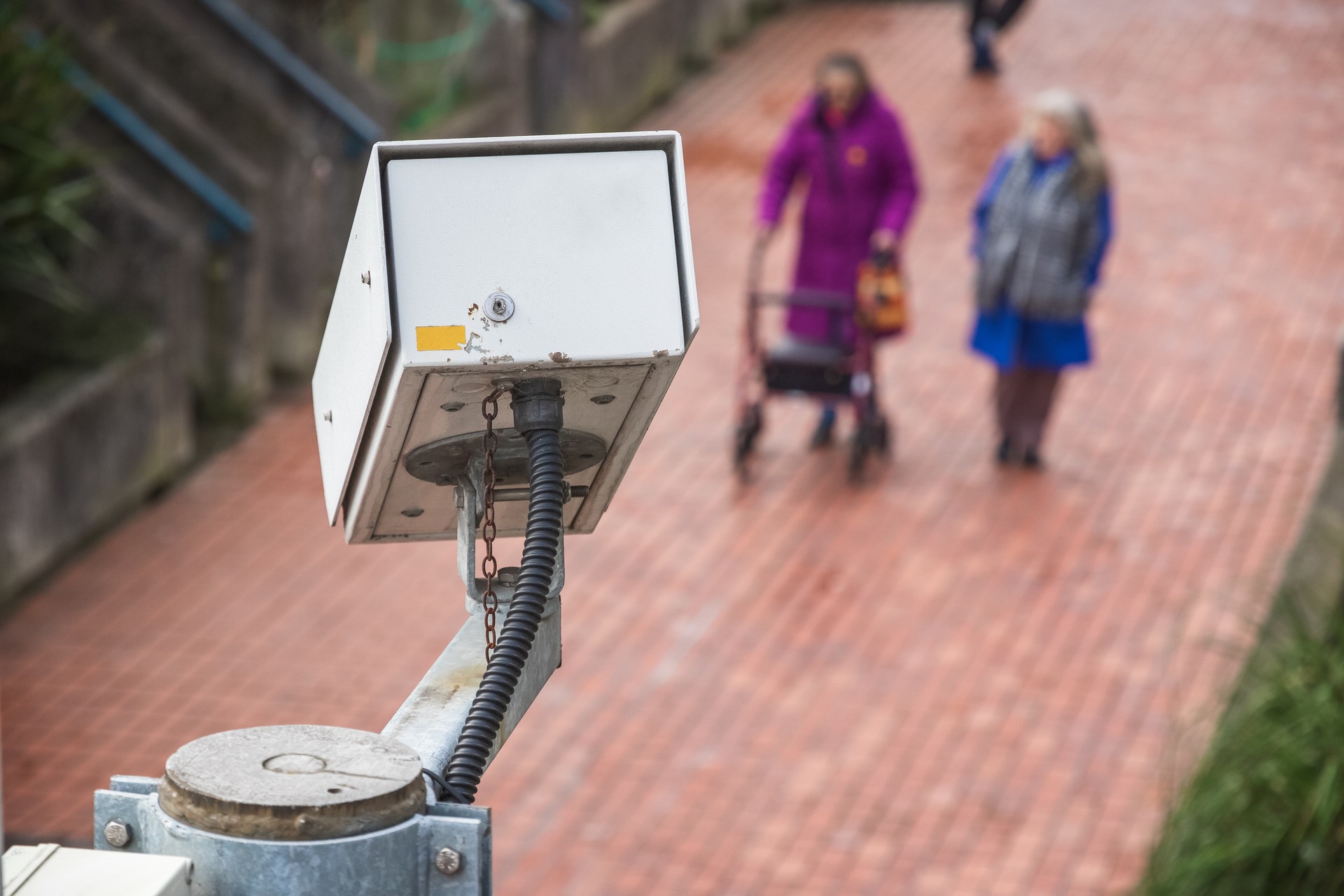Author | Arantxa Herranz
Despite the efforts to reduce road traffic in urban centers, cars are still one of the most popular means of transport for a large percentage of the population; In 2022, Europe saw 252 million cars on its roads, marking a 1% increase compared to the previous year.
This increase in vehicles on the road and in cities brings with it traffic congestion and the subsequent delays in transport.
This inefficiency becomes even more critical when considering emergency vehicles, such as ambulances, fire service vehicles, and police cars, which must respond to emergency calls in the shortest possible time. In fact, the effectiveness of emergency services often hinges on how quickly they can reach the incident location.
It is true that emergency vehicles always have priority at signaled intersections and are even authorized to disregard these signals, provided they exercise due precautions. However, this also entails a significant risk. In the United States, it is estimated that there are 6,500 accidents each year involving ambulances, with 35% of these accidents resulting in injuries or fatalities to at least one occupant of the vehicles involved.
IoT and sensors for smarter traffic lights (and emergencies)

Many cities choose to install traffic lights, particularly at intersections. The aim of these signaling devices is to improve the safety of vehicles and pedestrians when crossing streets and, to do so, traffic flows are programmed. However, although traditionally traffic lights are not the perfect solution, since they reduce the efficiency of vehicles, smart technologies are increasingly becoming allies in the management of urban traffic and emergency services.
This paper proposes a solution based on a traffic light prioritization mechanism, defined by software, which allows medical emergency vehicles to take the route with the fewest traffic interruptions in real time.
This software makes decisions based on comprehensive, real-time knowledge of the city’s traffic conditions. In addition, the software selects a safer and more efficient rescue route for the emergency vehicle based on the conditions at the time of the accident, moments before it sets off.
Another study presents a system known as EVATL (Emergency Vehicle Adaptive Traffic Light), an adaptive signal timing management technique that can enhance traffic flow across the network, reducing delays and energy consumption. Although specific adaptive control systems exist, there is no mechanism that facilitates direct communication with emergency vehicles.
To address this problem, the EVATL system works adaptively with traffic lights. It detects the location of emergency vehicles through GPS and the Internet of Things (IoT). This system integrates with traffic lights and adjusts based on the vehicle density at each intersection, prioritizing the passage of emergency vehicles.
It utilizes communication between vehicles as well as between vehicles and infrastructures. When an emergency vehicle communicates with the infrastructure, the system receives notifications from the emergency vehicle and changes the nearest traffic light signal to green. When the emergency vehicle communicates with another car, it alerts the nearest vehicle of a potential problem.
USING AN ALGORITHM TO IMPROVE EFFICIENCY

Can an algorithm improve the way traffic is controlled, giving priority to emergency vehicles and guiding them along the fastest routes? One of the ideas being worked on is the development of a dynamic and efficient algorithm to program traffic lights that adjusts the green light based on the real-time traffic distribution.
Designed by two researchers from the Memorial University of Newfoundland, Canada, this algorithm takes into account the presence of emergency vehicles in the area, enabling them to cross the signalized intersection as quickly as possible. Furthermore, while developing this algorithm, scenarios in which various emergency vehicles approach the signalized intersection are also being researched, to select the most efficient and suitable time.
This algorithm would alter the normal traffic light to enable emergency vehicles to cross the intersection safely and quickly. EVP (Emergency Vehicle Pre-emption) systems form an essential part of this system. These are sensors that notice the presence of emergency vehicles to coordinate the traffic lights at an intersection, but these systems still have some problems.
What solutions do the creators propose? The idea is to be able to combine this EVP system with TSP (Transit Signal Priority) systems. An algorithm would be responsible for adjusting the traffic light phases using TSP techniques to serve an emergency vehicle, therefore the EVP impact on traffic in general would be reduced. Some studies claim that general traffic delays are reduced by 8% compared with conventional EVP systems.
TESTS ALREADY UNDERWAY
Thiruvananthapuram, India
The paper An optimal control strategy for emergency vehicle priority system in smart cities using edge computing and IOT sensors proposes an optimal control strategy for priority vehicles using edge computing and IoT sensors.
The priority of emergency vehicles generates the sudden interruption of traffic and change of sequence that generates confusion among road users and drivers. An optimal control strategy is required that grants emergency vehicles a green light without disrupting the normal flow of traffic.
The pilot was conducted on a specific crossing of a city. An IoT sensor based on GPS was used, continuously sending location information to the server. The server then calculates the optimal times to clear traffic for the emergency vehicles based on the proposed control strategy algorithm. Waiting times for the rest of the vehicles before and after implementing the system were reduced by 73.23% in the proposed system compared to the existing one.
Modena
The first designs are already being tested in Europe. Financed with European funds, the first real tests are being conducted in Modena (Italy), more specifically in the Modena Automotive Smart Area (MASA).
By combining data collected from different sensors and vehicles, a real-time map is generated of the condition of the city’s traffic, incorporating the speed, acceleration and route of each vehicle.
This information is used to ensure emergency vehicles always follow the fastest route. The aim of all this research is the same: to design smart traffic management systems based on priority and traffic density to improve the efficiency of transport and response times of emergency services.
Given its success, the city council approved the 2024 Digital Plan – Smart City Program for the Municipality of Modena. This program serves as a political tool, strategy, and planning initiative for developing a smart city, which includes extending the Modena Automotive Smart Area (MASA) to test autonomous and connected vehicles. An initial Artificial Intelligence test has also been implemented, applied to smart mobility and automation, as a pilot program to assist vulnerable citizens in crossing zebra crossings safely.
Images | D-Keller, Liam Seskis
































